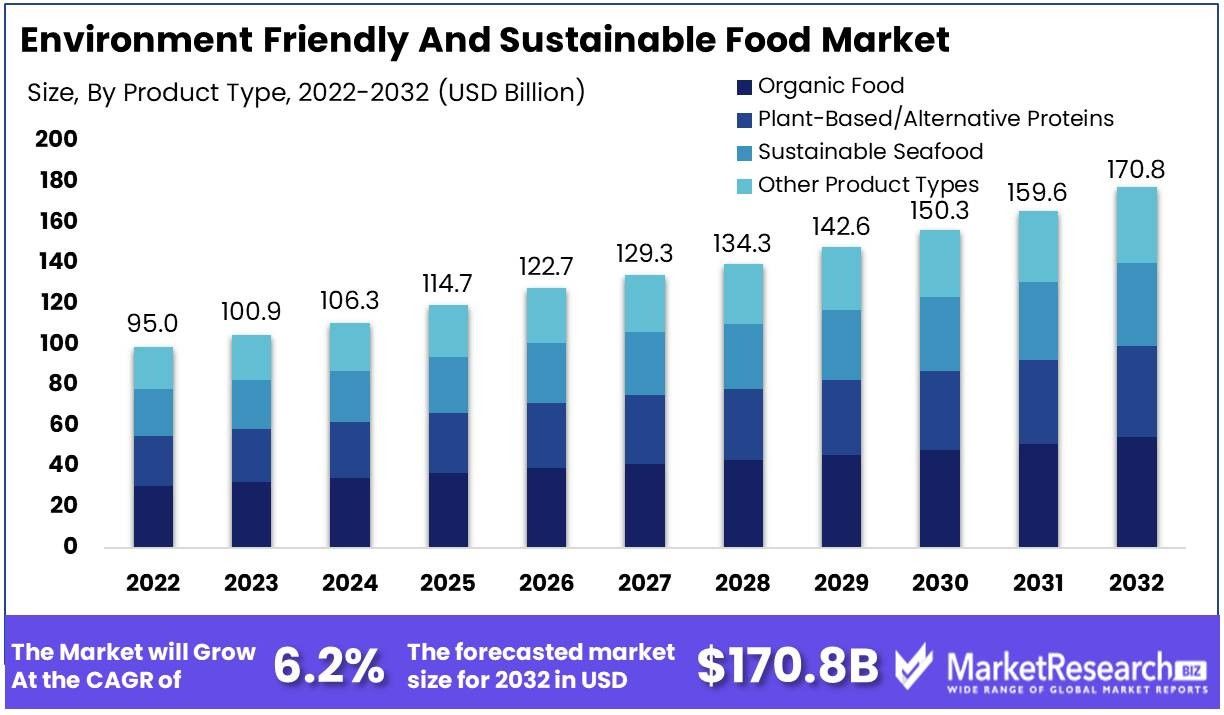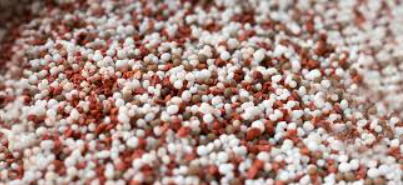The Future of Fertilizers: How Phosphates and Nitrates are Evolving (Part 1)
Introduction
Fertilizers are the cornerstone of modern agriculture, which is vital in ensuring food security for a growing global population. Providing essential nutrients to crops enhances soil fertility, boosts yields, and supports sustainable farming practices. Among the key components in fertilizer formulations, phosphates and nitrates are indispensable. Phosphates are crucial for root development and energy transfer in plants, while nitrates fuel plant growth through efficient nitrogen delivery.
In this evolving industry, Decachem has emerged as an important player, specializing in the distribution and promotion of high-quality phosphates and nitrates tailored for modern agricultural needs. With a focus on precision and sustainability, Decachem is helping to drive innovations that optimize nutrient delivery while minimizing environmental impact.
The future of fertilizers depends on advancements in phosphates and nitrates, and Decachem supports this transformation. As the industry adapts to global sustainability goals, Decachem is committed to innovative solutions that are shaping the next generation of fertilizers. From advanced production methods to eco-friendly formulations, we help producers pave the way for a more sustainable and productive agricultural future.
The Importance of Phosphates and Nitrates in Fertilizers
Overview of Phosphates
Phosphates are chemical compounds that contain the mineral phosphorus, an essential nutrient for plant growth and development. As a critical component of DNA, RNA and ATP (the energy currency of cells), phosphorus plays a vital role in photosynthesis, energy transfer, and root development. By strengthening root systems, phosphates in fertilizers enhance a plant's ability to absorb water and nutrients, leading to healthier, more robust crops.
In agriculture, phosphate fertilizers are widely used to improve soil fertility, particularly in phosphorus-deficient soils. Common forms include monoammonium phosphate (MAP) and diammonium phosphate (DAP), both of which are highly effective in delivering this crucial nutrient. Current trends in phosphate fertilizer usage emphasize precision application and the development of slow-release formulas to reduce runoff and environmental impact, aligning with sustainability goals.
Overview of Nitrates
Nitrates are nitrogen-based compounds that serve as an essential source of nitrogen for plants, a nutrient fundamental to their growth. Nitrogen is critical for chlorophyll production, enabling photosynthesis and plays a key role in protein synthesis and overall plant health. Unlike other nitrogen forms, nitrates are readily absorbed by plants, making them highly efficient in promoting rapid growth and vibrant foliage.
Nitrate-based fertilizers, such as calcium nitrate, ammonium nitrate and potassium nitrate are widely utilized in farming. These products support nitrogen fixation, ensuring plants can readily access the nitrogen they need for maximum productivity. As a result, the role of nitrogen in farming is indispensable, with nitrates contributing significantly to global crop yields.
The global dependence on phosphates and nitrates underscores their importance as essential nutrients for crops. By improving soil health and boosting crop productivity, these nutrients remain the backbone of modern agriculture, supporting sustainable food production worldwide.

Challenges with Traditional Fertilizers
While conventional fertilizers have significantly boosted agricultural productivity, their widespread use has led to several environmental and economic challenges.
Environmental Impact of Conventional Fertilizers
One of the most pressing concerns associated with the excessive use of phosphates and nitrates is their contribution to waterway pollution. Fertilizer runoff, especially from phosphorus in soil health and nitrogen compounds, finds its way into rivers, lakes, and oceans. This nutrient overload promotes eutrophication, a process that causes algae blooms, depleting oxygen levels in water and creating "dead zones" where marine life cannot survive. Such environmental degradation from farming practices threatens biodiversity and the health of aquatic ecosystems.
Soil Degradation Due to Over-Fertilization
Over-fertilization with phosphate and nitrate-based products can also lead to long-term soil degradation. The imbalance of nutrients, particularly excessive nitrogen, can disturb the natural microbial ecosystem in the soil, reducing its fertility over time. Additionally, the accumulation of salts from fertilizers can lead to soil acidification and decreased soil structure, making it more difficult for crops to thrive.
Rising Costs and Scarcity of Raw Materials
The production of phosphate and nitrate fertilizers relies heavily on finite raw materials, particularly phosphate rock, which is becoming increasingly scarce. As demand grows and extraction rates peak, the costs of production rise, driving up fertilizer prices. This poses a significant challenge for farmers, particularly in developing regions, where access to affordable fertilizers is crucial for crop productivity.
Regulatory Challenges
In light of sustainability trends, governments are implementing stricter regulations on synthetic fertilizers to mitigate their environmental impact. These regulations may impose limitations on the amount of fertilizer used and encourage more sustainable fertilizer practices, but they also present challenges for manufacturers in adapting to evolving standards. Balancing the need for high yields with fertilizer sustainability challenges remains a key concern in the agricultural industry.
The Evolution of Fertilizer Technology
As agriculture embraces innovation, evolving fertilizer technology has undergone significant advancements to address the challenges posed by traditional fertilizers. Modern approaches prioritize efficiency, sustainability and environmental stewardship, paving the way for the future of farming.
Enhanced Efficiency Fertilizers (EEFs)
Enhanced Efficiency Fertilizers (EEFs) are designed to optimize nutrient delivery to plants while minimizing nutrient loss to the environment. Two key categories of EEFs are slow-release and controlled-release fertilizers. Slow-release fertilizers, such as urea-formaldehyde, gradually break down in the soil, providing a steady supply of nitrogen to crops. Controlled-release fertilizers, like polymer-coated phosphates, use advanced coating technology to regulate nutrient release based on environmental conditions, such as temperature and moisture.
The benefits of EEFs are numerous. By reducing the risk of nutrient leaching and volatilization, these fertilizers decrease fertilizer runoff, helping to prevent waterway pollution and eutrophication. Additionally, EEFs enhance nutrient use efficiency, enabling farmers to achieve higher yields with lower input costs. Their environmental benefits and cost-effectiveness make EEFs a key innovation in the pursuit of sustainable agriculture.
Bio-based and Organic Alternatives
The rise of bio-based and organic fertilizers has added a sustainable dimension to modern farming. Bio-fertilizers utilize living microorganisms, such as microbial inoculants, to naturally enhance nutrient availability in the soil. For instance, phosphate-solubilizing bacteria improve the availability of phosphorus to plants, while nitrogen-fixing microbes support natural nitrogen fixation, reducing the reliance on synthetic nitrates.
Organic alternatives, such as manure-based fertilizers and compost, enrich the soil with organic matter, boosting its fertility and microbial activity. These eco-friendly fertilizers not only supply essential nutrients but also improve soil structure and water retention, creating healthier growing conditions.
The benefits of bio-based and organic fertilizers extend beyond crop productivity. They promote soil enrichment, reduce the carbon footprint of fertilizer production and align with the principles of organic farming fertilizers and sustainable agriculture. As consumer demand for eco-friendly fertilizers grows, these alternatives are becoming increasingly popular in farming systems worldwide.
With innovations like EEFs and bio-based solutions, the evolution of fertilizer technology is empowering farmers to meet global food demands while protecting the environment for future generations.
















